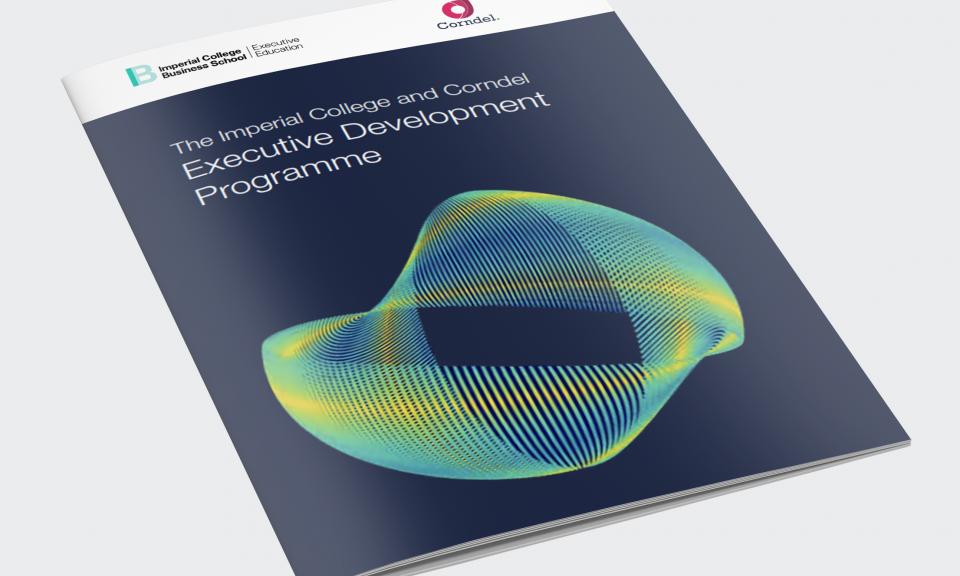
Colorado has a history of conquering seemingly impossible heights, and the state’s new education funding law—which aligns public education spending with incentives supporting improved outcomes—only solidifies that conviction.
Signed by Governor John Hickenlooper in May, this law enables Colorado to partner with philanthropists and service providers and make use of social impact bonds as a kind of performance-based funding. The best part: Taxpayers are only responsible for repaying the costs of initiatives that produce desired results.
We keep throwing good money after bad money
Currently, government budgets pay for inputs rather than achieving outcomes. It has been near impossible to redirect tightening public resources based on a school’s comparative performance, or to stop spending money on failing programs thanks to special interests that have continuously manipulated the system. Most budgets are built around funding the same things year after year and are based almost entirely on student attendance—not actual results. To say incentives are lacking is an understatement.
Our education system isn’t sustainable at its present level of productivity relative to annual expenditures. The $600+ billion U.S. taxpayers spend every year on public elementary and secondary education equates to at least 5.4% of our country’s GDP. Globally, according to George Mason University’s Mercatus Center, U.S. spending per pupil is second highest among the 34 OECD (Organization for Economic Cooperation and Development) countries, while U.S. student performance on the OECD’s Program for International Student Assessment (PISA) was 17th in reading, 20th in science and 27th in mathematics in 2012.
Despite these statistics and countless other international and national measures illustrating our lagging academic achievements, most education reform remains focused on the usual issues: staffing, choices, governance or the accountability of schools and districts. Isn’t it obvious that something has to change?
States that are actually reforming their education funding
While a few states may recognize this, Colorado is the latest to actually reform its education funding. By concentrating on performance-based funding, the state is encouraging strategic investments and rewarding schools for things like promoting innovation and closing persistent (and large) achievement gaps.
The concept is simple—and thankfully gaining momentum across the country.
Beyond Colorado, Arizona began “Student Success Funding,” a statewide performance-based funding program, in 2013 and expanded it a year later. Likewise, Michigan has been implementing a limited model since 2012. Pennsylvania took a slightly different approach, providing funding flexibility in exchange for performance-based outcomes. In addition, Florida, Wisconsin and Oregon have all recently been exploring performance-based funding concepts.
Breaking the current structure
What these efforts have in common is the potential to improve results, overcome barriers to social innovation, and encourage investments in cost-effective approaches. Colorado’s bold approach seeks to do so by instilling market discipline in ensuring that public funding goes to those efforts that clearly demonstrate their impact through rigorous outcome-based performance measures. The next step? Scale the innovations that produce results.
Policies like Colorado’s are the first step in breaking the current funding structure that delivers dollars to all schools regardless of performance. More states should follow suit.
[“source – forbes.com”]












